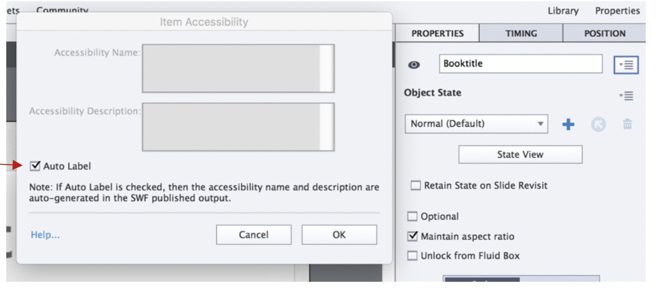

You need to deliver your content, for lack of a better term, to your students, and to communicate with them.

They also will need a way to send you questions, and they will need to know when and how you will respond to them. Students will need to access readings and course materials and a way to submit assignments and receive feedback on their work. This guide is aimed not at the permanent movement from face-to-face to online education but at the desire to implement an interim solution for emergency remote teaching and is specifically focused on lecture-based classes with some considerations for more active learning environments. Let’s take a few steps back and do some quick planning to think through a few things before you decide to do this.

Your first tendency may be to ask what tools you can use to deliver live lectures so students don’t miss a lecture. Here we want to provide an instructional planning guide that individual instructors can use. We have seen a number of resources and ideas being shared, but many of them focus more on institutional plans or are technical how-tos. While there seems to be more fervor around this idea than in the past, this is no different than other times when online has been considered as part of an instructional continuity plan. With the possible disruption to social gatherings presented by the coronavirus, there is increased discussion around planning for the use of online learning as a continuity plan for most universities and schools.


 0 kommentar(er)
0 kommentar(er)
